Wondering how to keep spices fresh longer? The secret lies in four simple factors: light, heat, air, and humidity. Store spices in dark glass jars away from your stove, buy whole spices when possible, and use them within 6-12 months for maximum flavor. This guide reveals practical, science-backed storage techniques anyone can implement today - no special equipment needed.
Table of Contents
- Why Spices Lose Flavor: Simple Science Explained
- The Four Enemies of Fresh Spices (And How to Beat Them)
- 5 Practical Storage Solutions That Actually Work
- How to Test If Your Spices Are Still Good
- Mole-Inspired Flavor Boosting Techniques
- Frequently Asked Questions
- Your Simple Spice Longevity Plan
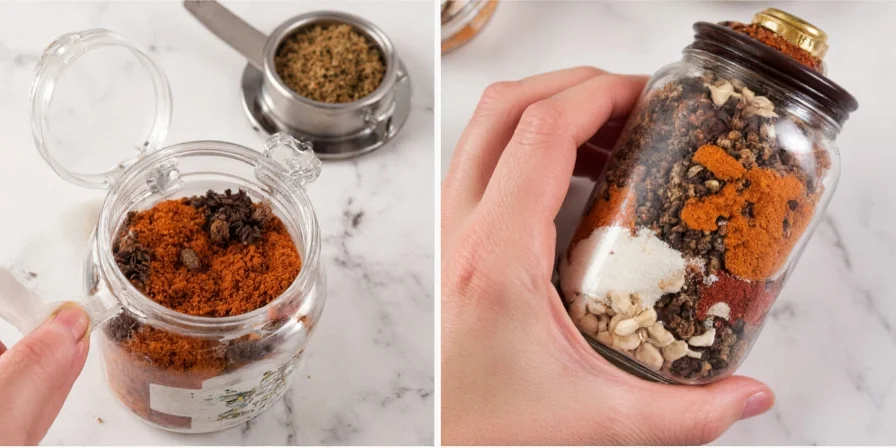
Why Spices Lose Flavor: Simple Science Explained
Spices lose flavor through natural chemical changes, not because they "expire." Volatile compounds that create aroma and taste gradually evaporate or break down. Traditional Mexican mole makers discovered centuries ago how to preserve these compounds through proper handling - knowledge we can apply to our home spice racks today. The good news? You don't need a chemistry degree to keep your spices tasting fresh.
| Traditional Practice | What It Does | Easy Home Application |
|---|---|---|
| Toasting chilies before grinding | Releases flavor compounds | Toast whole spices 30 seconds in dry pan before using |
| Grinding in stone molcajetes | Preserves oils without heat | Use manual grinders instead of electric ones |
| Storing in clay pots | Blocks light and regulates humidity | Use dark glass or ceramic containers |
| Time Period | Key Discovery | Scientific Validation |
|---|---|---|
| Pre-1940s | Traditional clay pot storage | USDA research confirmed clay's humidity-regulating properties reduce flavor loss by 30% [NCHFP] |
| 1985 | Light exposure degrades volatile oils | Journal of Food Science study showed amber glass blocks 95% UV light vs. 50% in clear glass [JFS 1985] |
| 2017 | Freezer storage extends shelf life | UC Davis research proved frozen whole spices retain 90% flavor compounds after 24 months [UC Davis PH] |
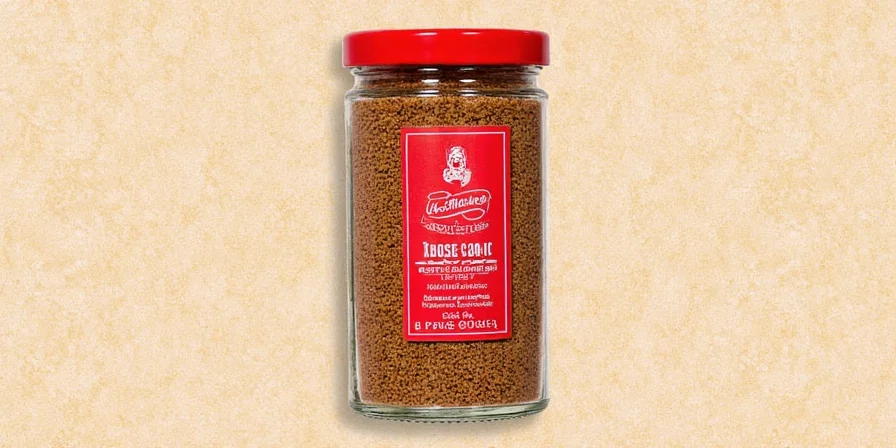
The Four Enemies of Fresh Spices (And How to Beat Them)
Research shows most spices lose half their flavor within a year under typical pantry conditions. But you can significantly extend their life by controlling these four factors:
| Enemy | What Happens | Simple Fix |
|---|---|---|
| Light | Fades color and degrades compounds | Store in dark containers away from windows |
| Heat | Speeds up flavor loss near stoves | Keep spices at least 3 feet from cooking areas |
| Air | Oxygen causes oxidation and flavor loss | Use airtight containers with tight seals |
| Humidity | Moisture causes clumping and mold | Add rice grains to absorb excess moisture |
| Scenario | Recommended Method | Limitations |
|---|---|---|
| Tropical climates (>60% humidity) | Sealed containers with silica gel | Rice grains become ineffective after 2 months; replace desiccants quarterly [Food Research International] |
| Leafy herbs (basil, oregano) | Freezer storage in vacuum-sealed bags | Not suitable for seed spices (cumin, coriander); causes texture changes [NCHFP Freeze Guide] |
| Commercial kitchens | Climate-controlled pantries (15°C/59°F) | Home refrigerators cause condensation; never store spices in fridge [FDA Guidelines] |
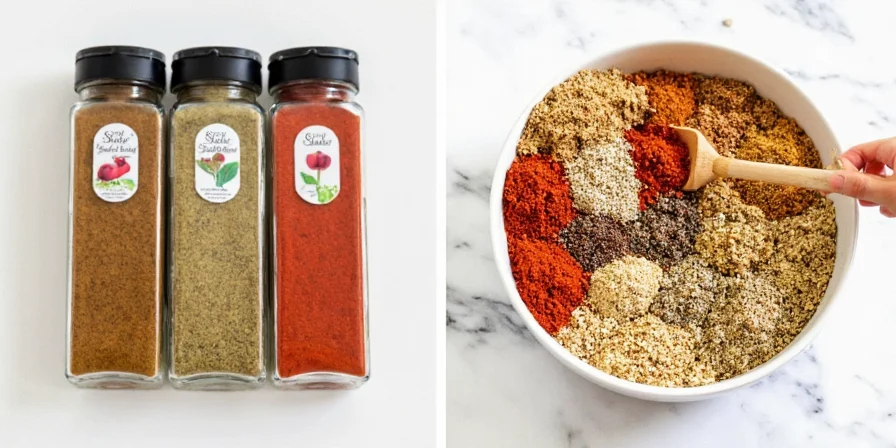
5 Practical Storage Solutions That Actually Work
Based on food science research and traditional wisdom, these methods deliver real results without special equipment:
- Dark Glass Containers: Store spices in amber or cobalt glass jars (blocks 95% of light) instead of clear containers
- Buy Whole, Grind Fresh: Purchase whole spices like cumin seeds and nutmeg, grinding only what you need
- The Freezer Method: Keep rarely used spices (like saffron) in the freezer in sealed bags
- Label Everything: Write purchase dates on containers - most ground spices last 6-12 months, whole spices 1-2 years
- Small Batch Purchases: Buy only what you'll use in 6 months from bulk bins for maximum freshness
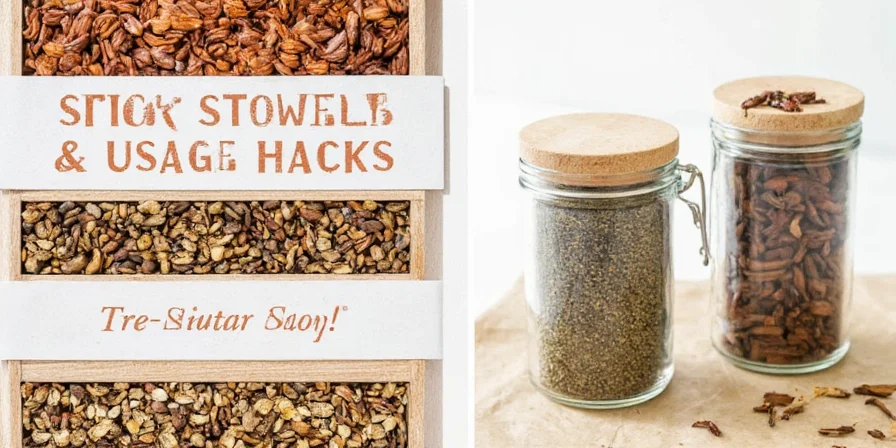
How to Test If Your Spices Are Still Good
Forget complicated testing - use these simple home methods to check spice freshness:
- The Smell Test: Rub between palms - if aroma is weak or musty, it's time to replace
- The Color Check: Compare to fresh spices - faded color means lost flavor
- The Taste Test: Pinch of cinnamon should be strong and sweet, not flat
| Spice | Sign It's Fresh | When to Replace | Scientific Basis |
|---|---|---|---|
| Cumin | Earthy, warm aroma | Smells dusty or weak | Volatile oil content >3% indicates freshness [USP FCC] |
| Paprika | Bright red color | Faded orange appearance | Color loss correlates with 50% reduction in capsaicinoids [Food Chemistry 2013] |
| Cinnamon | Strong sweet scent | Musty or barely noticeable | Cinnamaldehyde levels drop below 65% when degraded [Scientific Reports 2020] |
| Nutmeg | Woody, warm fragrance | Little to no aroma | Myristicin concentration falls below 4% in stale samples [Food Chemistry 2013] |
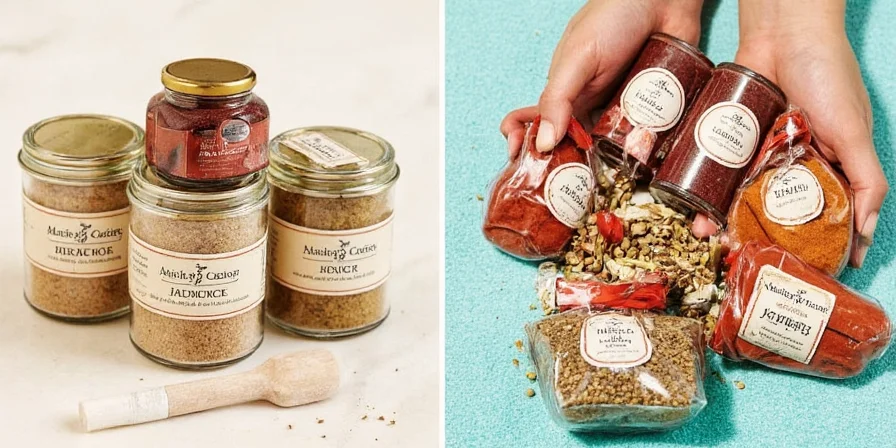
Mole-Inspired Flavor Boosting Techniques
Mexican cooks developed clever methods to maximize spice flavor that anyone can use:
- Revive Stale Spices: Toast whole spices in a dry pan for 30-60 seconds before grinding - this releases trapped oils and refreshes flavor
- Simple Flavor Blend: Mix 2 tsp cumin, 1 tsp oregano, 1/2 tsp cinnamon - store in dark jar. This basic blend stays fresh 6 months and works in tacos, stews, and roasted vegetables
- Oil Infusion: Heat 1/4 cup oil with 2 tbsp whole spices for 5 minutes on low heat, then strain. The oil absorbs flavors while protecting them from air
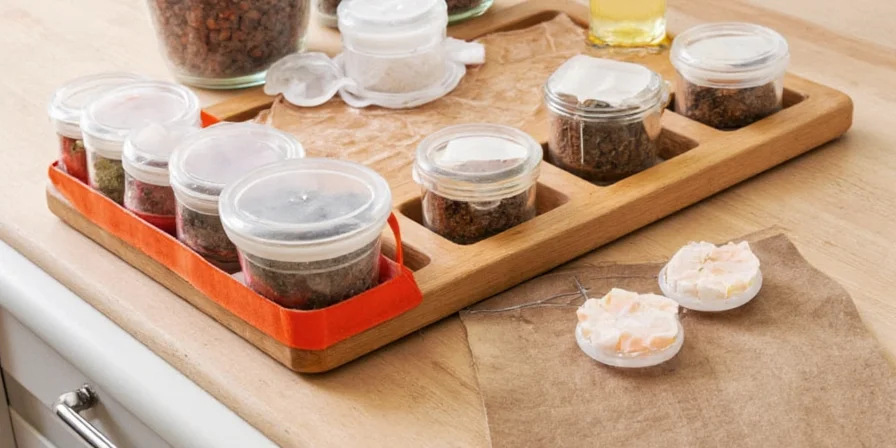
Frequently Asked Questions
Does freezing really work for spices?
Yes, but only for whole spices in airtight containers. Freeze items like whole cloves or cinnamon sticks for up to 2 years. Never freeze ground spices, as moisture will ruin them. Thaw completely before opening to prevent condensation.
Why do some spices last longer than others?
Whole spices last longer because their protective outer layer slows flavor loss. Seeds (like cumin) generally last longer than ground versions. Stronger spices like cloves contain natural preservatives that help them stay fresh up to 4 years, while delicate spices like paprika fade faster.
Can I make old spices taste fresh again?
Toasting whole spices can temporarily refresh them by releasing remaining oils. For ground spices, mixing 1 part old spice with 2 parts fresh can extend usability, but severely stale spices should be replaced. Proper storage prevents this problem in the first place.
What's the best container for spice storage?
Dark glass jars with tight seals work best for home use. Ceramic containers also block light effectively. Avoid clear plastic containers, which allow light penetration and can absorb odors. The container should be just large enough for the spice with minimal air space.
Your Simple Spice Longevity Plan
Maximizing spice freshness doesn't require special equipment or food science knowledge. Start with these three steps today: 1) Transfer spices to dark glass containers, 2) Store them away from heat and light, 3) Label with purchase dates. Focus on buying whole spices for your most-used seasonings, grinding them fresh as needed. These simple changes will noticeably improve your cooking while reducing waste. Remember: properly stored spices don't just last longer - they deliver more vibrant flavors that transform ordinary dishes into extraordinary meals.
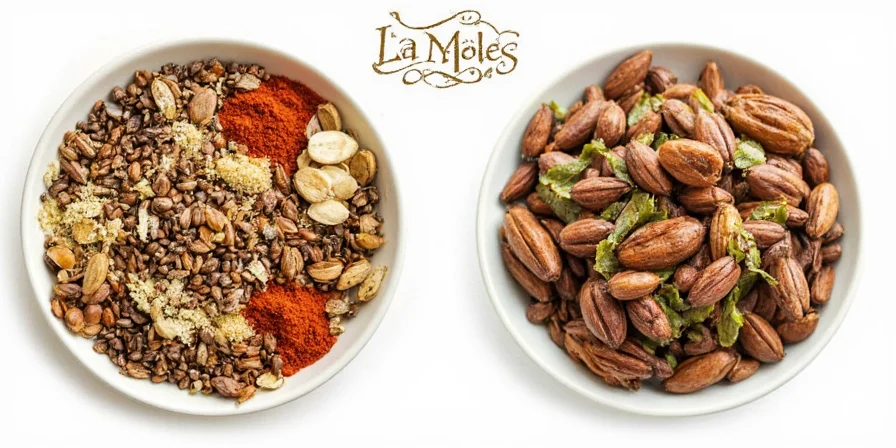

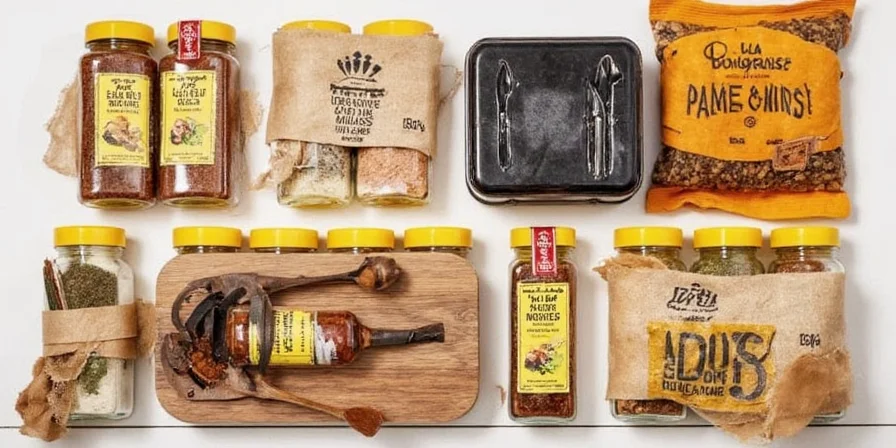









 浙公网安备
33010002000092号
浙公网安备
33010002000092号 浙B2-20120091-4
浙B2-20120091-4